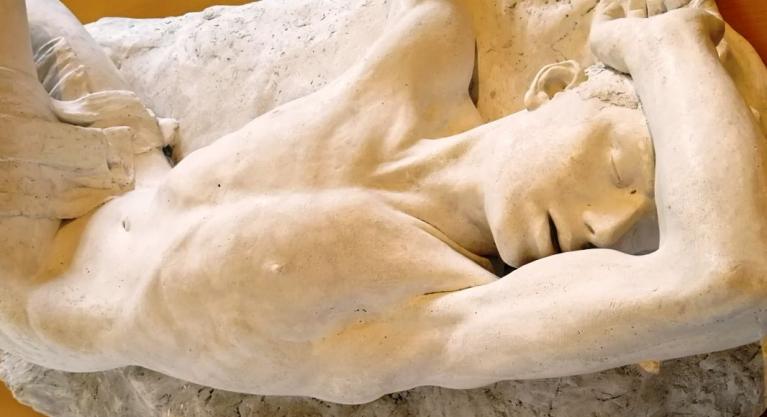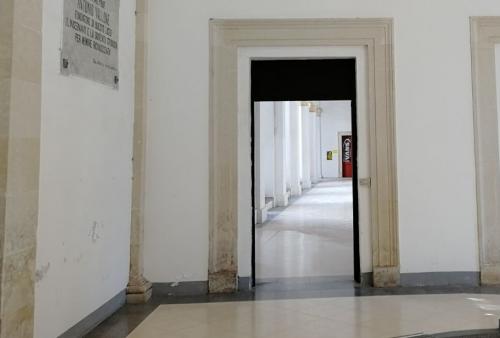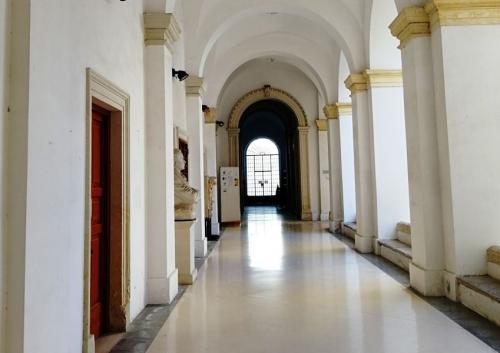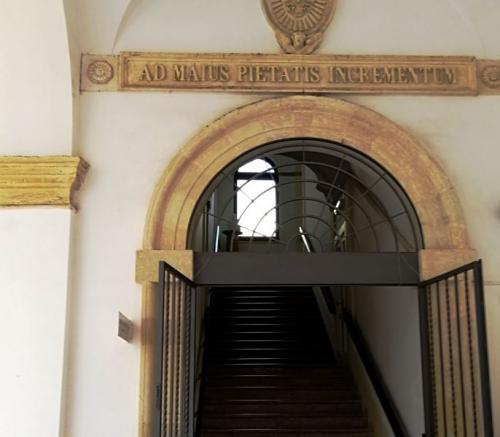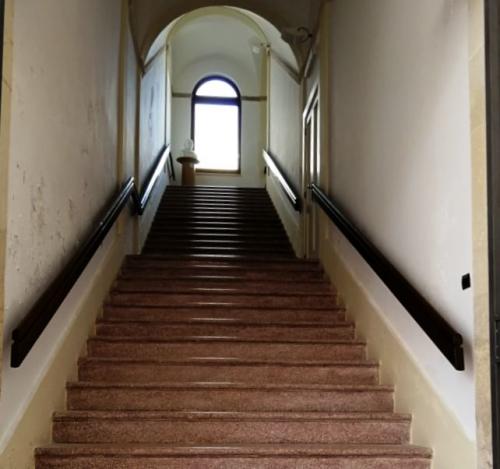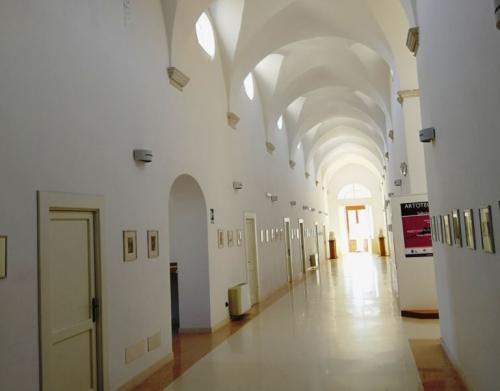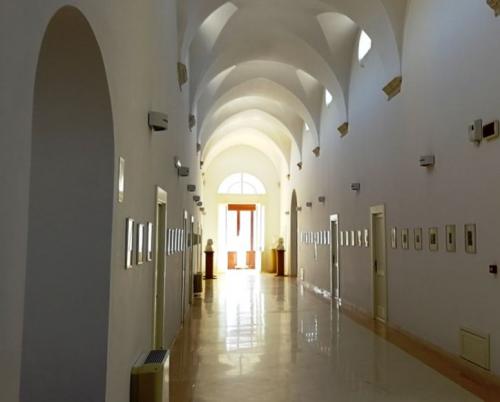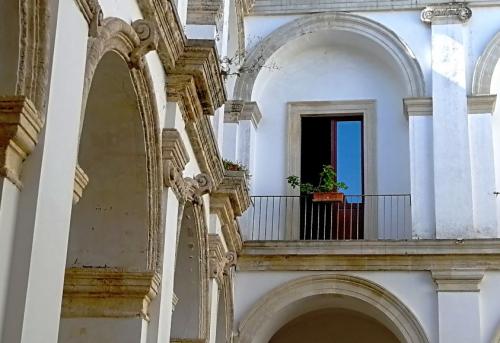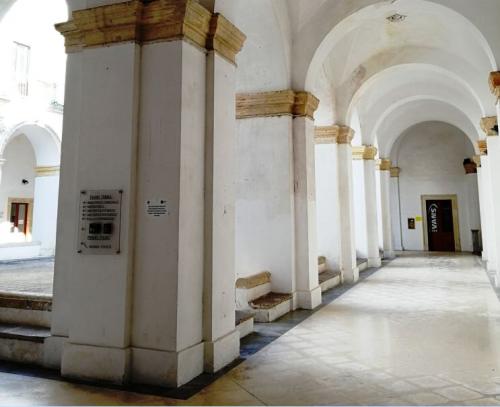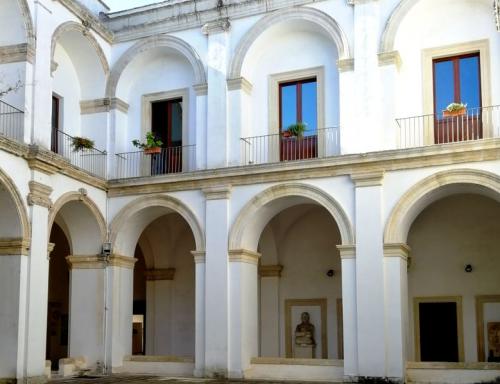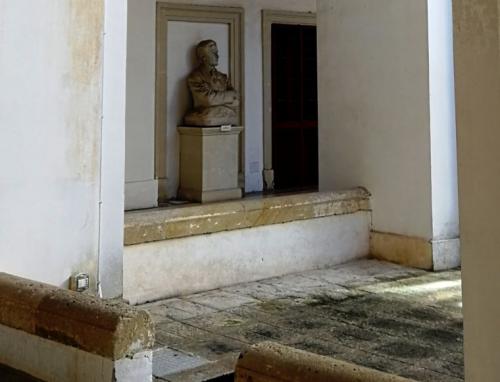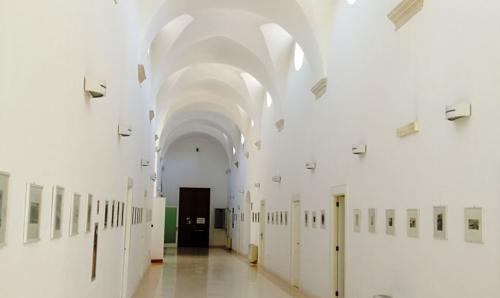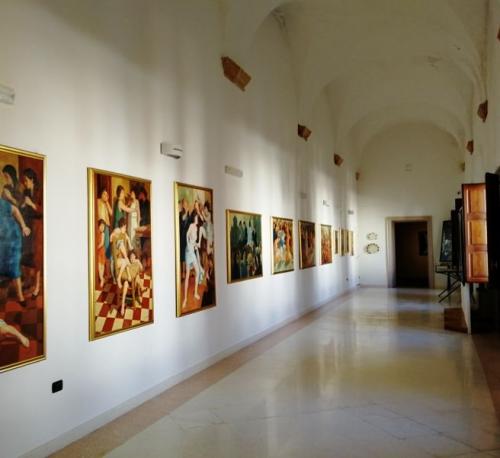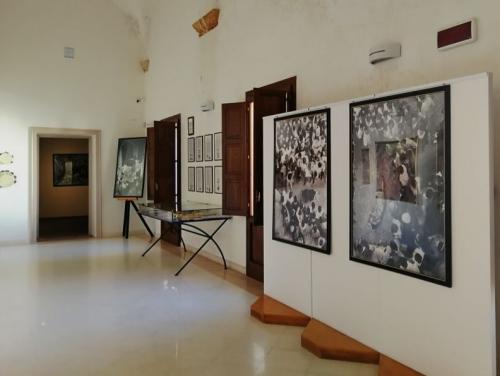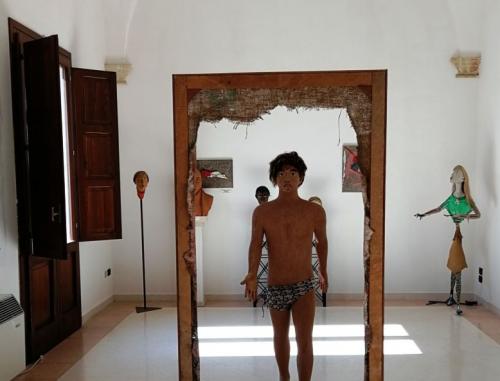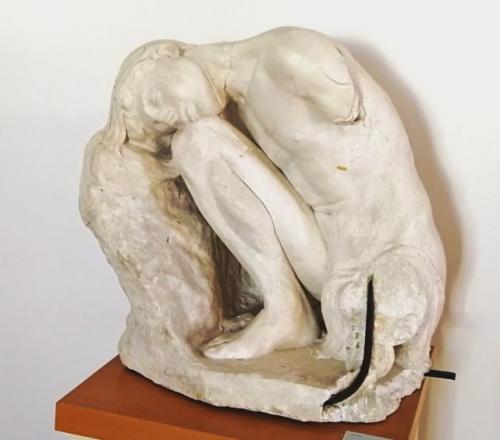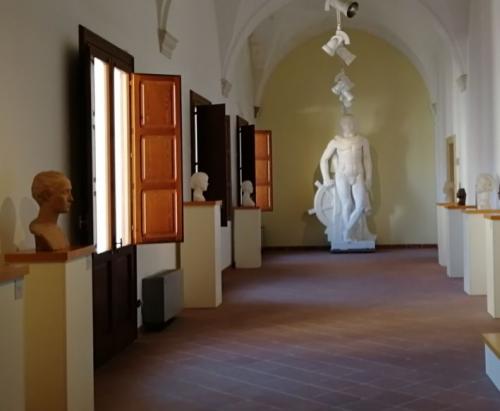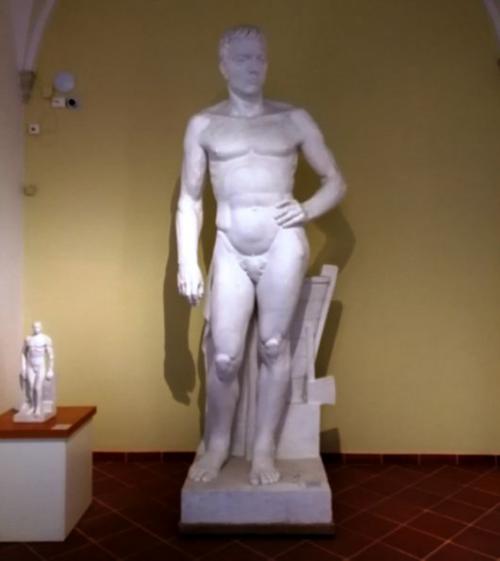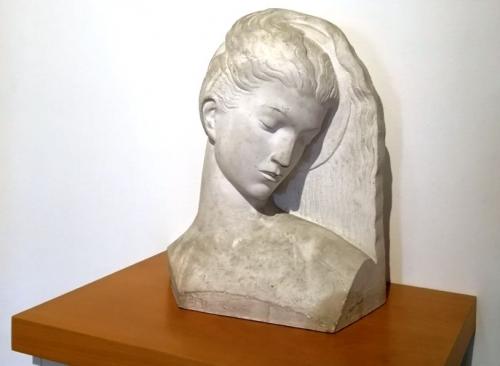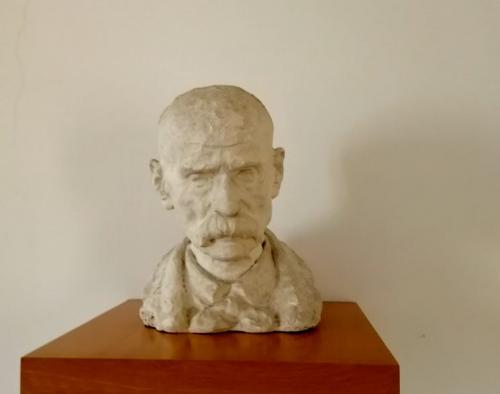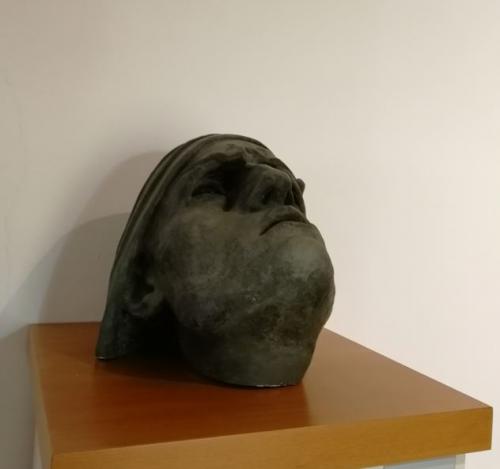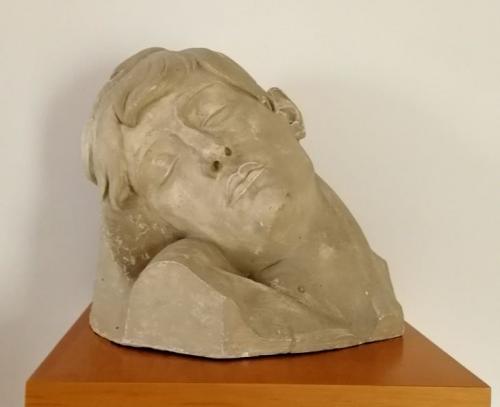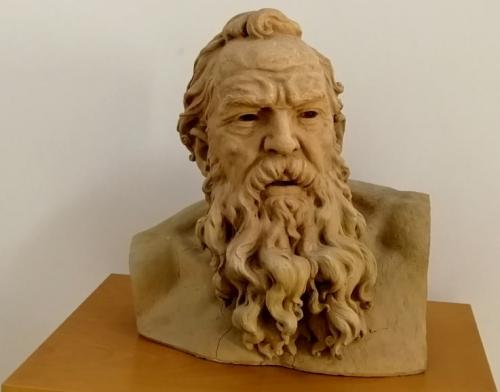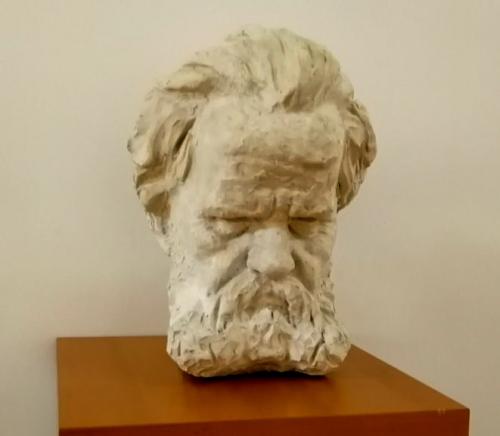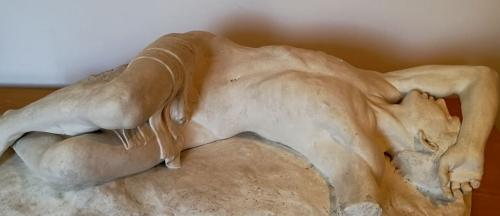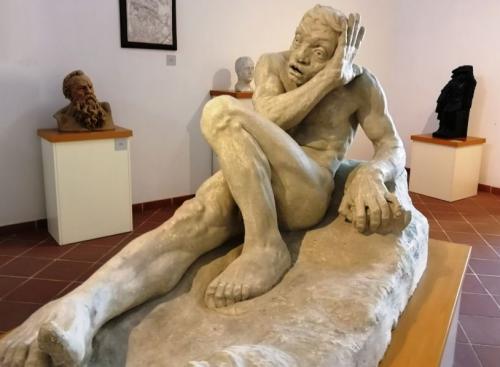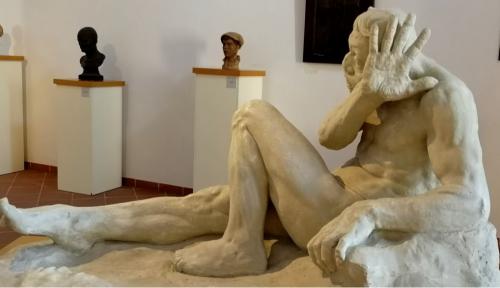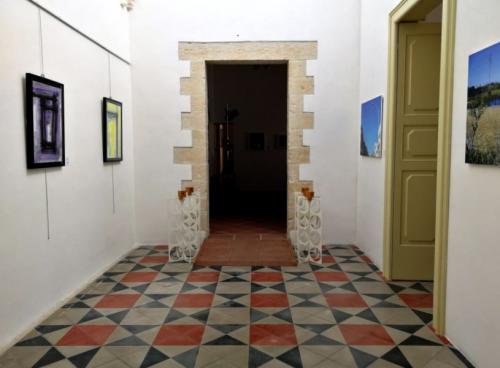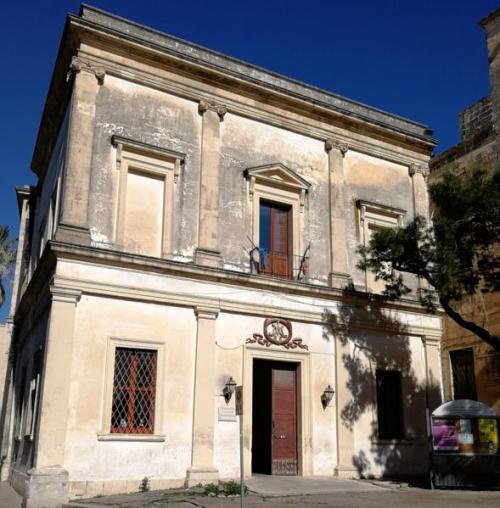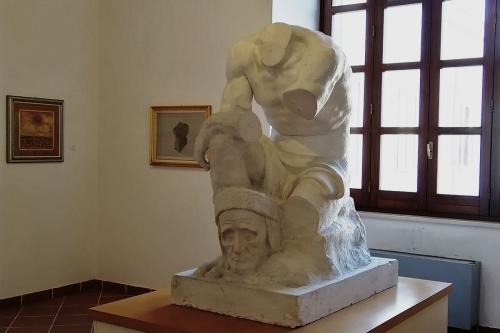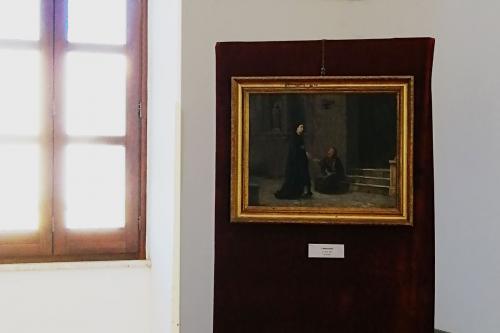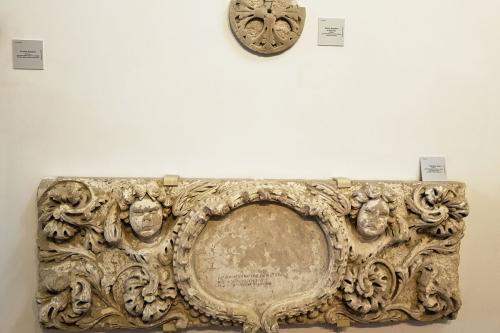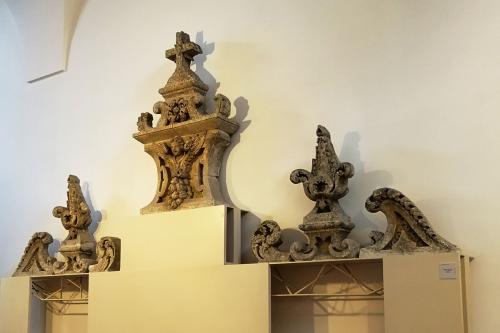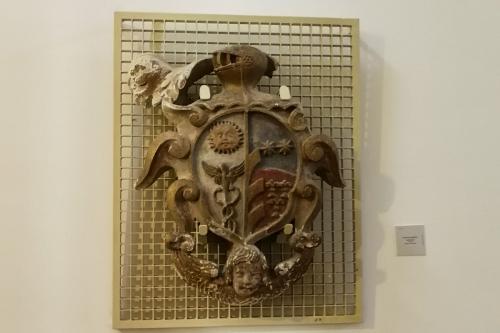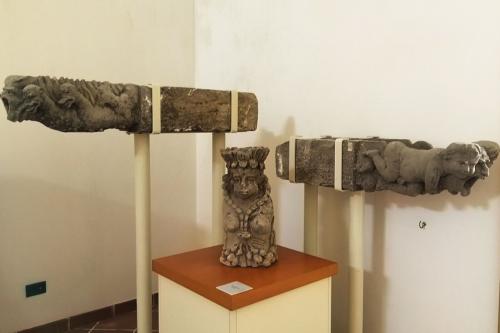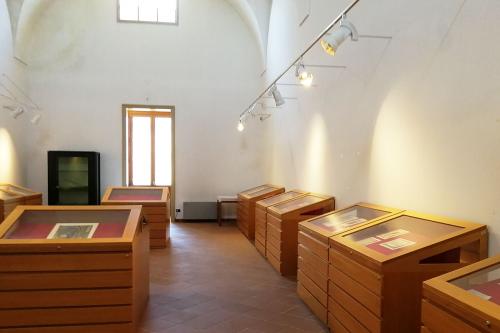The museum, established in 1936 and named after the illustrious Galatinese Pietro Cavoti, preserves a precious collection of works by Galatean artists and scholars and through historical memories and a gallery of celebrated figures, illustrating the history of the city.
The most conspicuous Fund is that of professor Pietro Cavoti (1819/1891) who taught at the College of the Scolopi, taught French and Drawing. A man to say the least original, always wore a hat with broad flaps, a three-quarters raincoat, keeping his unfailing folder under his arm. Despite his temper, he enchanted everyone with his knowledge. A scholar of art, architecture and history, he worked for the preservation and enhancement of cultural and archaeological heritage. He was the first to start the restoration projects of the Basilica of Santa Caterina d'Alessandria.
In the museum, among its many works, you can appreciate the enchanting miniatures made with graphite and china and meticulously detailed, the watercolor paintings, the scathing anticlerical caricatures, the travel notebooks made during his continuous travels to Italy, precious for the observations and the indisputable expertise in designing anything that was relevant. It is thanks to him that today there is evidence of monuments no longer existing. Of great interest to scholars and researchers is the rich correspondence and the close correspondence that Cavoti had to entertain with the numerous characters of the local and national scenario of the art, culture and politics of his time.
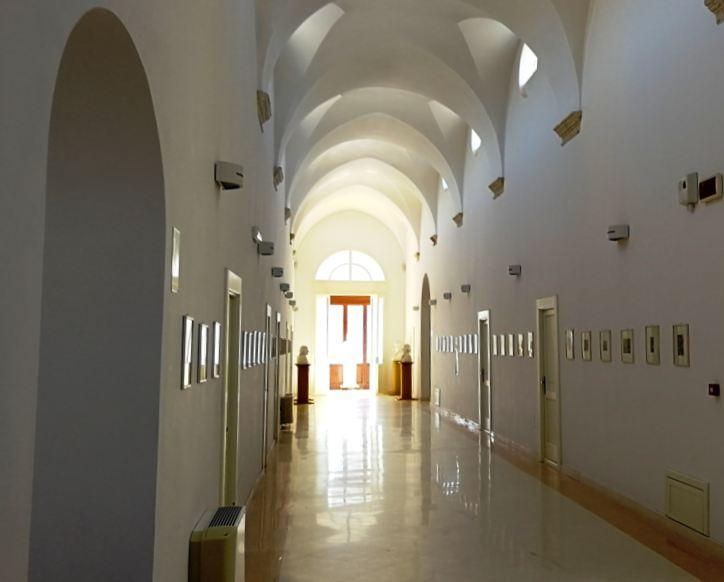
Together with the Cavoti Fund, the heritage of the museum, boasts another noteworthy collection that is that of the sculptor Gaetano Martinez(1892/1951). The museum has over forty works: a considerable number, which has no equal in Puglia! Of this self-taught artist, who lived and worked between Galatina and Rome, there are works representing almost all periods of his artistic activity, among the most evocative "Il Caino" of 1922, a realistic representation of the fratricide, as he himself defined it .
Although the relationships with his hometown were not the best, he deeply loved Galatina, so much to give, during the thirties, to his city, almost all the sculptures in the museum and it was thanks to his contribution that was the first core of the museum collection.
He was an artist highly esteemed by the critics of the time, albeit unknown to the general public. He received several awards and honors and participated in major Italian exhibitions, so much so that in 1942 he had a solo exhibition at the Venice Biennale. Artist revalued in the last twenty years, thanks also to a positive criticism from critics like Vittorio Sgarbi, Giancarlo Gentilini and Federica Riezzo.
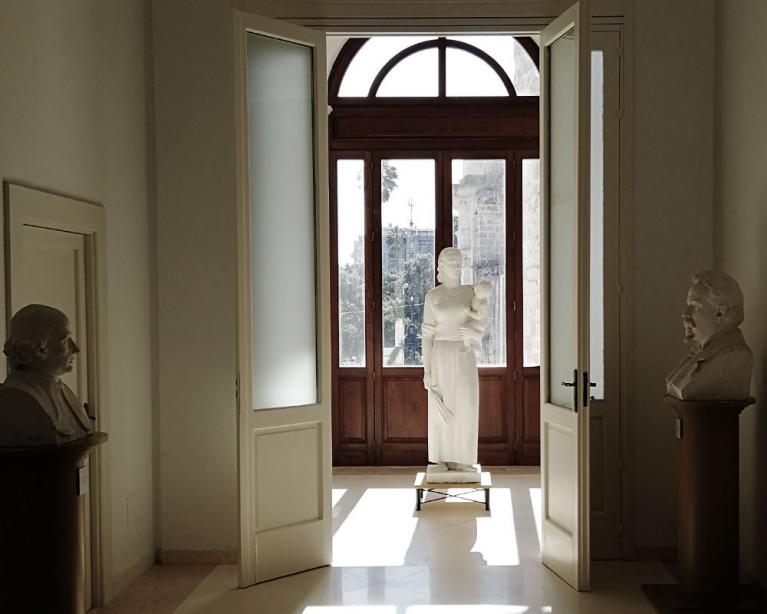
Of particular interest is certainly the gallery dedicated to Tarantism through the evocative paintings of Maestro Luigi Caiuli, artistic memory of the phenomenon and the extraordinary photographs of Franco Pinna, who collaborated with the anthropologist Ernesto De Martino, one of the most important scholars of this phenomenon and that he dedicated his famous book La Terra del Rimorso (1961) to his tarantism.
In the Museum are gathered many historical memories of the City, such as ancient parchments; a rich art gallery with over thirty paintings dating from the seventeenth to the twentieth century; an archaeological section with findings dating back to the Messapian period; some details and architectural decorations of civil buildings and Galatean religious buildings no longer existing; a uniform of the Bourbon Royal Guard and still a gallery of famous personalities, from the Hon. Nicola Bardoscia to Maestro Giuseppe Lillo, from the Lieutenant Pilota Fortunato Cesari, Gold Medal, to whom the military airport is entitled to the Avv. Carlo Mauro, champion of workers' rights and in particular of farmers.
A section of the museum is dedicated to contemporary art that sees, among the various authors present, the sculptor Umberto Palamà (1912/1995).
The entire museum heritage is made up mostly of private donations made by very few exceptions such as tL’elemosina of 1867, by the painter Gioacchino Toma (1836/1891), acquired in 2006.
Text by Silvia Cipolla
More info:
here